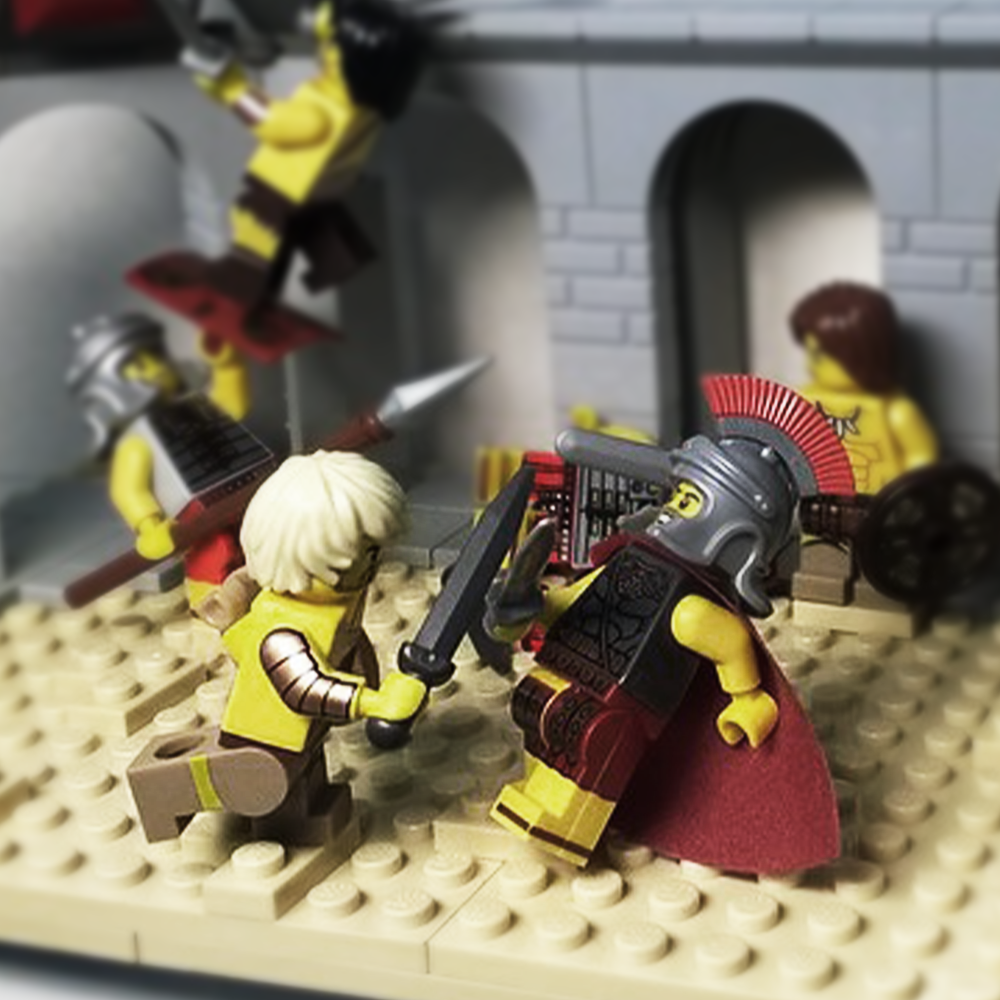
How to add Spectacle: Where's the battle scene?
It doesn’t matter whether you design vacuum cleaners or brief in sales videos, every now and then you should ask yourself the question, “Where is the battle scene?”.

How to add Spectacle: The power of a lobster
🦞Salvador Dali understood the power of a lobster to make a dull telephone absolutely memorable.

Creativity is dead! Long live create!
I believe we could do with less narrow minded rhetoric about who owns creativity and concentrate more on how we’re going to create.

Creating a User Experience for Everyone
Ivan was invited to talk at the Interact UX Conference which was held at The British Museum in October 2018. As the Creative Director of what3words he talked about the design journey, what they’ve learned and how they create a system for everyone to use with voice. You can watch the talk here.

